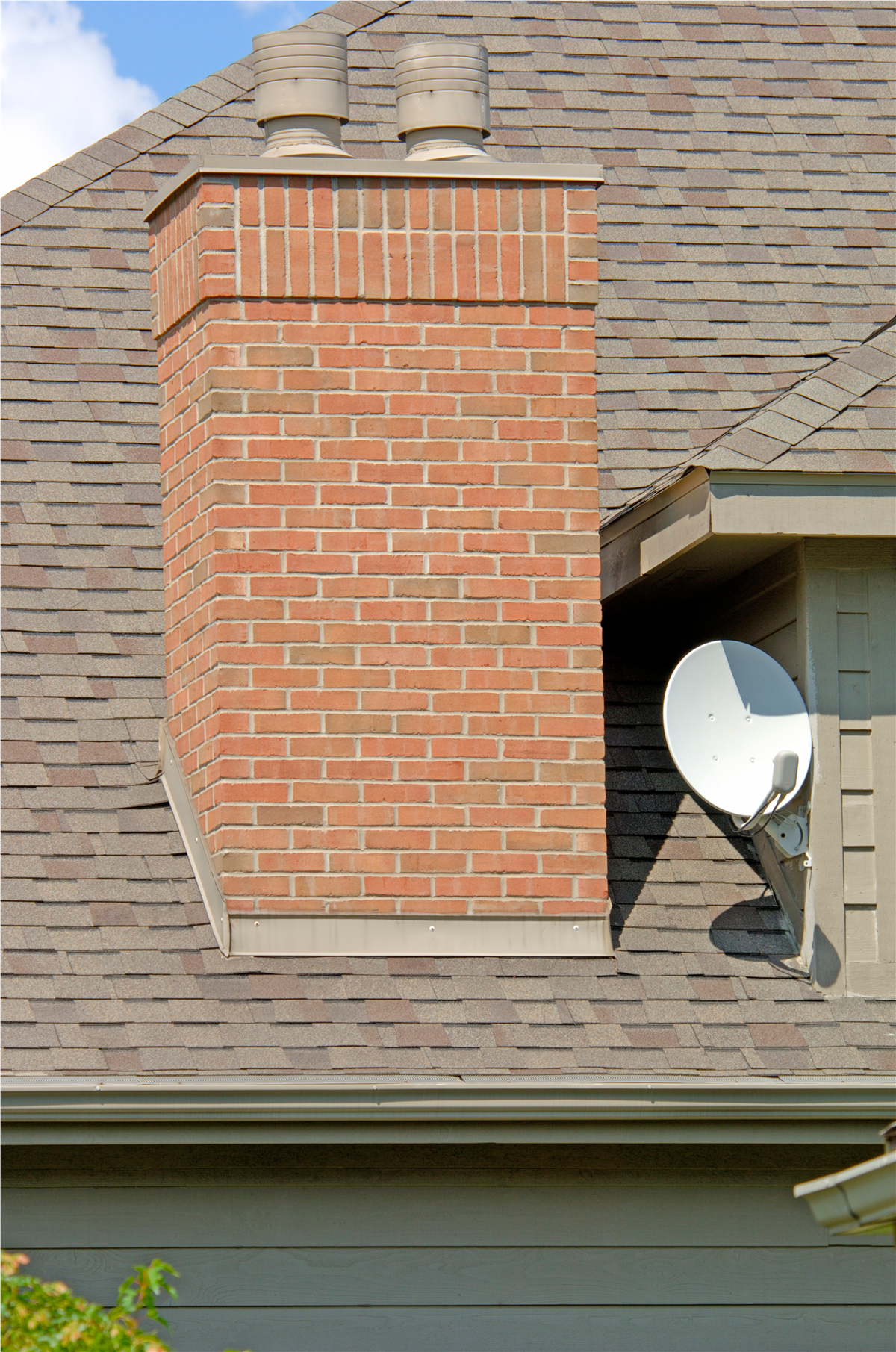
Your roof is made up of several components beside your roof shingles. Flashing is a huge line of defense to prevent water from entering your home around critical areas.
With a roof system, each and every part has a role. If one part of your system is not pulling its weight, you may encounter the need to repair your roof.
In this post, the expert roofing contractors at Feazel will cover the following:
What are the types of roof flashing
Common problems found with roof flashing
Where you will find flashing
What Is Flashing on the Roof?
Roof flashing is a crucial part of your roof that helps direct water away from areas where you do not want water to go. Typically, this is where your roof shingles butt against something, such as walls, chimneys, and valleys. Every roof has flashing to prevent leakage.
Typically pieces of flashing material are made of a thin metal. Aluminum flashing is very common. However, you will also find galvanized, copper, and stainless-steel flashing as well.
Roof Flashing Types
There are four main types of roof flashing that you may find on the roof of your home.
Roof Valley Flashing
Your roof valley is much like a geographic valley, a low area between two high points. You will find a valley on your roof where two angled roofs meet to form an interior angle. Because it’s an interior angle, water naturally will flow through this area more than any other area on your roof. Due to the volume of water, adding in valley flashing reinforces the area thus reducing the chance of leakage.
Apron Flashing
Apron flashing is L-shaped, and you will find it at the base of a penetration out of your roof. A chimney and dormers are notable examples of penetration that would require apron flashing.
Step Flashing
Step flashing is installed by placing a piece of metal under every shingle as it butts up against a vertical facing. The flashing acts as a shield to prevent water from accessing points along the wall or chimney. It will run the length of the wall to keep it entirely protected from moisture.
Counter Flashing
Much like step flashing, counter flashing is used along a wall or chimney. The main difference is that counter flashing is cut into a mortar joint in the side of the chimney. The last step is to seal the flashing with roofing cement.
Places Where You Will Find Roof Flashing
Roof flashing can be found in several places on the roof of your home. If there is something penetrating the roof of your home, there should be flashing to direct water away. The most familiar places to find flashing in your home are as follows:
Chimney Flashing
Your chimney protrudes out of your roof and flashing is required to act as a shield against the water that runs along it during a rainstorm.
Vent Pipe Flashing
Natural gas has to vent out of your roof as established by local code. Since it exits out the roof, you will find flashing around a professionally installed vent pipe.
Skylight Flashing
Velux skylights are great ways to allow natural light into your home. Coincidentally, skylight flashing kits prevent water from getting into your home.
Roof Flashing Installation
Feazel recommends that you have your roof flashing replaced during your next roof replacement. It will allow your home to have a clean bill of health with brand new features.
This will ensure that your roof lasts as long as possible. It doesn’t make sense to install a roof and leave old flashing in place. A new roof will lessen the opportunity for roof leaks.
Your flashing can sustain damage and require repairs. While DIY roof flashing repair is possible, we do not recommend it. First, being up on a ladder and the roof should be left to trusted professionals. Second, being a trusted roofer since 1988, our teams know about roof flashing installation and have conducted countless installations over time.
Common Roof Flashing Problems
Roof flashing materials are built to last but they are not impervious to wear, tear and weather-related issues.
Age. Flashing will wear out over time. The older it is (and older the roof) the closer you are near to replacement. You may find rust on older flashing
Extreme weather. High heat can cause expansion and shrinkage which can lead to potential leak points. Furthermore, strong wind and large hail can bend, break, and even pierce your flashing leaving an opening for water to flow into your home.
Poor installation. Professionally installed flashing will last a long time. Any cut corners or botched DIY jobs can create problems for your home.
Foundation settling. A foundation that moves may create a place where the flashing is cracked or pulled away. A trusted roofer will be able to identify and offer advice.
Roof Flashing Inspection is Included in Our Free Estimate
Using a trusted company for a roof inspection will ensure that your flashing is assessed. As one of the nation’s leading roof flashing contractors, we’ll conduct a thorough inspection of your roof system. We’ll look at the following:
Flashing
Roof deck
Shingle condition
Gutters
And more
Contact Feazel today to schedule your complimentary roof inspection. We proudly serve Columbus, Cincinnati, Cleveland, Dayton, Indianapolis, Raleigh and surrounding areas.
Tags
Subscribe to Feazel's Blog




Comments